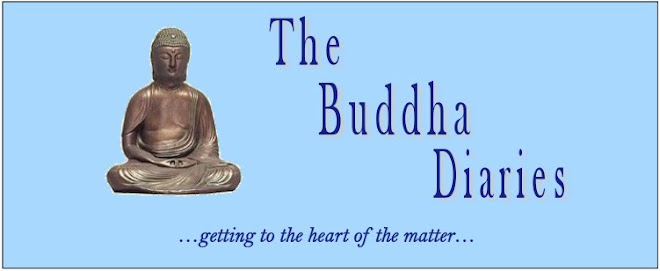It's not unusual for me to happen on a book long after its original publication. I stumbled on a used copy of Richard Zimler's The Warsaw Anagrams at the Laguna Beach library bookstore and paid a handsome dollar for it. I was well rewarded.
First published in 2011, The Warsaw Anagrams lands the reader in the city of the title in September, 1940--a time of infamous brutality on the part of Poland's Nazi occupiers and before the celebrated uprising by the oppressed Jews who lived, or had been sent there. It's set mostly in the Jewish ghetto itself but also, illicitly, in the Polish capital and, towards the end, in rural parts of Poland. The evocation of these various locations is handled with such immediate appeal to all the senses that you can't help feeling that you are actually there in person.
You also share in the dreadful feelings of oppression, isolation, and constant fear that are shared by the complex and compelling characters in Zimler's tale. You share in their physical deprivation, in their pain and suffering. You share in their courage, too, and their determination to survive this period of barely describable affliction; in their despite-the-circumstances humor and the commitment to the persistence of their culture. You share in the game of wits that's necessary for survival.
To call The Warsaw Anagrams a murder mystery is tantamount to calling The Odyssey a travelogue. Yet there it is, at the center of this story, a whodunnit mystery in which the protagonist, a Time-Before psychologist named Erik Cohen seeks out the killer of his young nephew and other children of the ghetto. Their bodies have been cruelly mutilated for grisly reasons not revealed until the eventual unmasking of the murderer. Dr. Cohen, we know from the start, is himself a victim of the Nazi slaughter: he is, indeed, a ghost--in Hebrew, an ibbur--whose story is dictated post mortem to a sympathetic third party. It is only towards the end, too, that we learn the terrible details of his death. The suspense is one factor that keeps us glued to Zimler's story.
But, as I suggested above, the book is much more than that. It is a historical indictment, particularly of Nazi inhumanity, but also of inhumanity generally. It questions the existence of a God who could allow such atrocities to his "chosen people" and the ability of human psychology to explain, let alone prevent them. Above all, though, it celebrates the resilience of the human spirit, even in circumstances designed expressly to destroy it. It celebrates decency and loyalty over barbarity and betrayal; the essential good in human beings over the power of evil; and the persistence of love over demonization and hatred.
The Warsaw Anagrams is in may ways a tough read, but in the end, paradoxically, a hopeful one. The Nazis were, after all, defeated. That their venomous spirit shows signs of making a comeback in our political culture today makes it all the more important that we should learn about the human misery that it caused. And no one will come away from this book unmoved by the tragic history of the Jews in the Warsaw ghetto.
Friday, November 9, 2018
Subscribe to:
Post Comments (Atom)








No comments:
Post a Comment